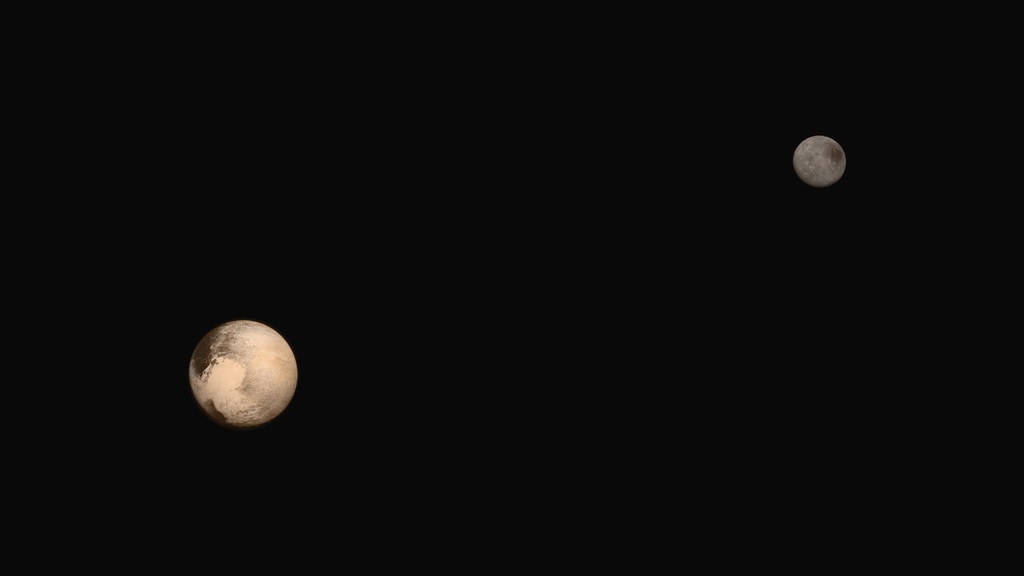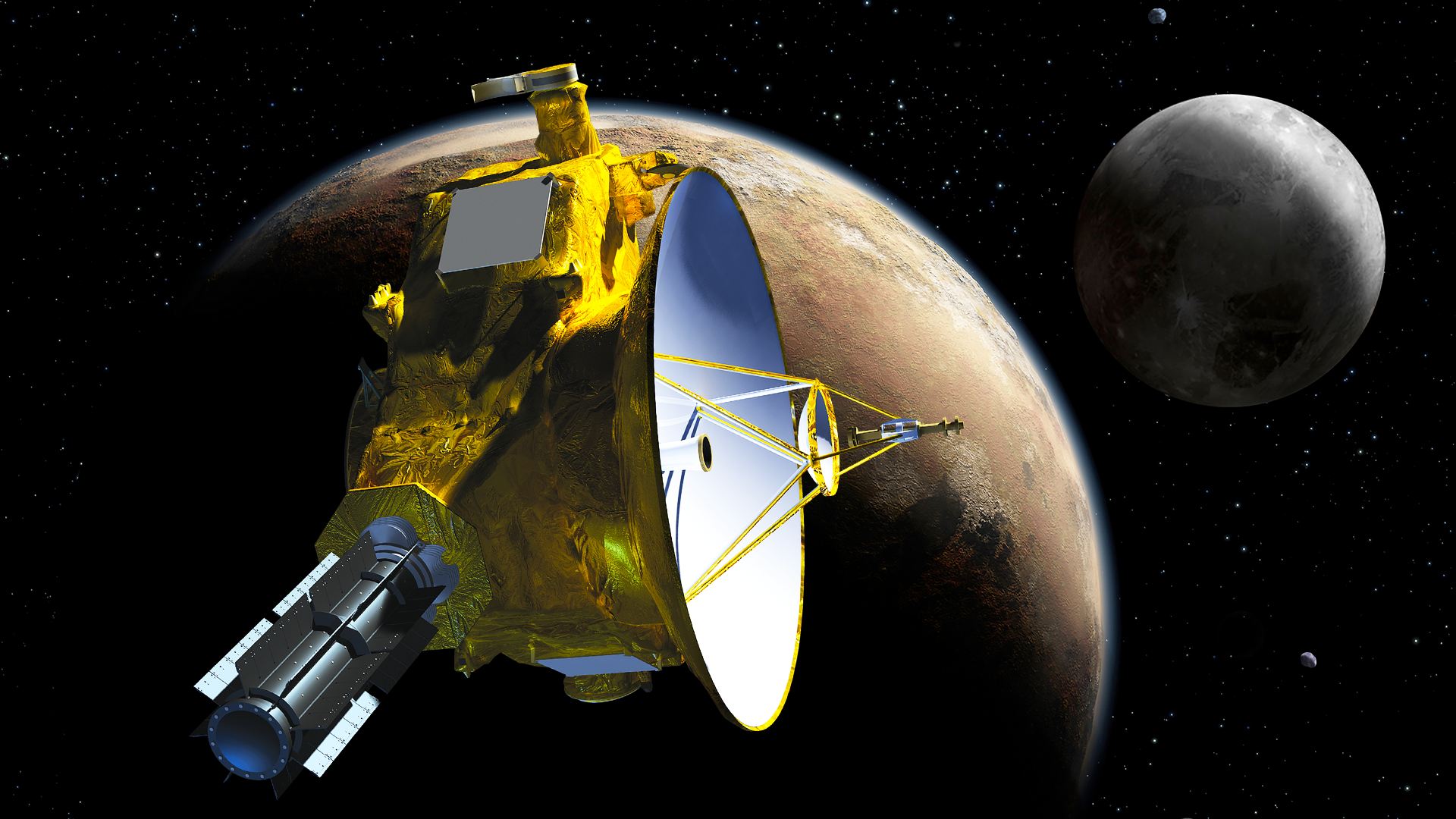To Pluto And Beyond
There is a pioneer hurtling through space. Its name is New Horizons, and in the summer of 2015, it will become the first spacecraft to visit Pluto. The dwarf planet lies at the edge of the solar system in a region known as the Kuiper Belt, a thick and icy expanse of space that is chock-full of objects yet to be explored or even discovered. Pluto and its moons Charon, Nix, and Hydra are particularly intriguing to astronomers, who have never had the chance to examine a dwarf planet up close. New Horizons left Earth in 2006, packed with two of each electronic system to protect against any mishaps on the long voyage ahead. It has traveled about one million miles every day since. Watch the video to learn more.

A NASA spacecraft closes in on an unexplored neighborhood at the outskirts of the solar system.
Watch this video to find out what New Horizons hopes to see when it arrives at Pluto in 2015.

Pluto and its moons Charon, Nix and Hydra are seen in this image taken by the Hubble Space Telescope.

New Horizons carries seven scientific instruments and weighs 1,060 pounds.

New Horizons launched from Cape Canaveral, Florida, on Jan. 19, 2006.
For More Information
See Science@NASA
Credits
Please give credit for this item to:
Science@NASA and NASA's Goddard Space Flight Center
Cover image courtesy of Johns Hopkins University Applied Physics Laboratory/Southwest Research Institute
Pluto illustration courtesy of NASA, ESA, STScI/G. Bacon
Hubble image courtesy of NASA, ESA, JHU/APL/H. Weaver, SwRI/A. Stern, HST Pluto Companion Search Team
Launch and clean room image courtesy of NASA
-
Producer
- Tony Phillips (Wyle Information Systems)
-
Writer
- Aviva H. Rutkin (USRA)
Release date
This page was originally published on Tuesday, May 7, 2013.
This page was last updated on Wednesday, May 3, 2023 at 1:52 PM EDT.

